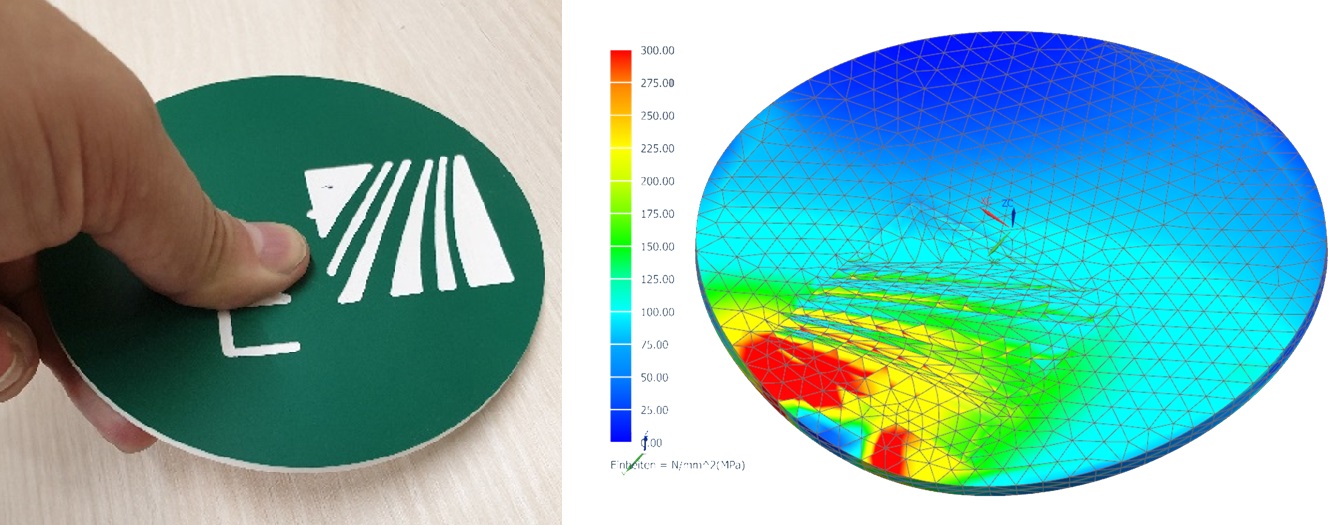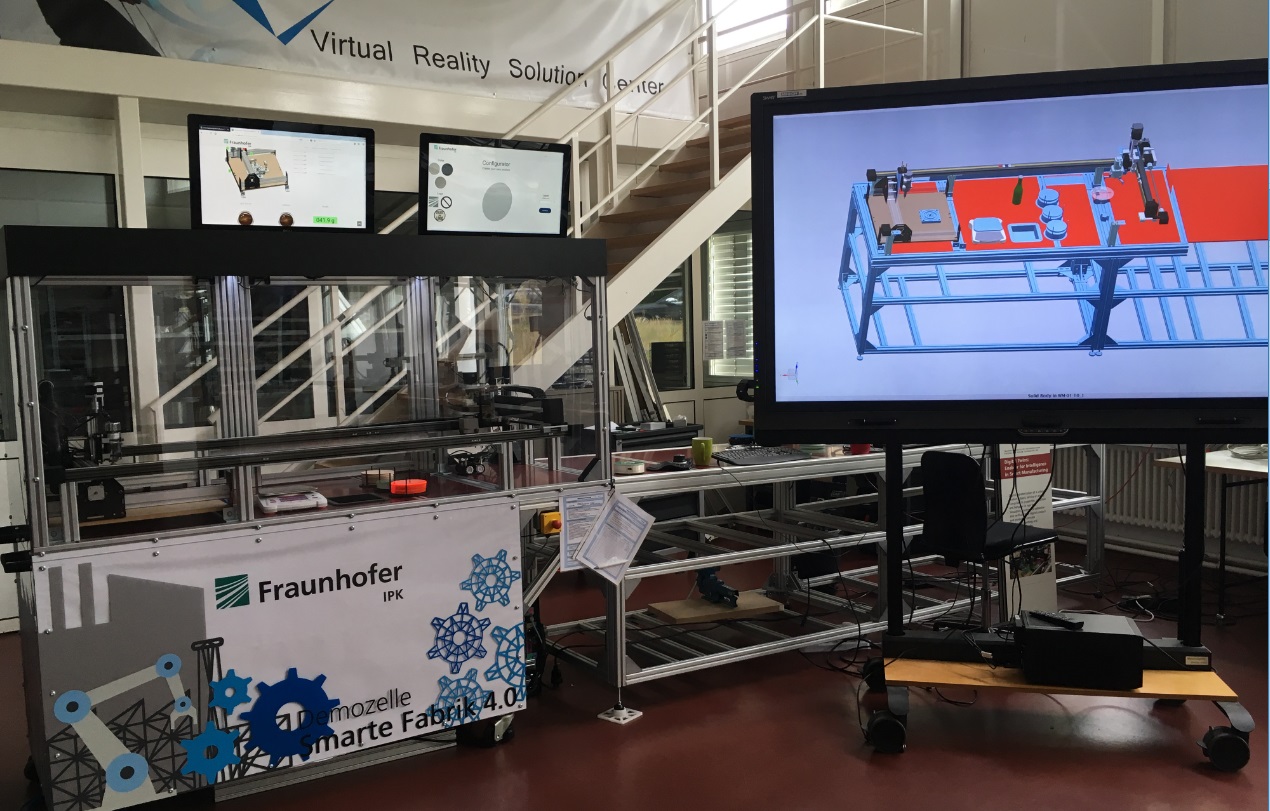
In-situ FEM

Already today, digital prototyping reduces the effort for cost- and time-intensive physical tests in product development by using CAx tools. Numerical processes are used for the methodical validation and simulation of physical product properties. Finite element methods (FEM) are a widely used form, e.g. to perform strength and deformation analyses. Trained personnel are required to operate and correctly interpret the results of such tools. Ever shorter product development cycles and the demand for individual products lead to an increasing number of variants - which have to be manually verified separately. In-situ methods (lat. for "in place") integrate automated CAx methods directly into the production process, limiting the manual design effort in development to basic variants only. In addition, quality and capacity utilization can be optimized in batch-one production and changing production influences (e.g. wear) can be taken into account.


Based on industrial CAx tools, automatic strength tests were implemented using the example of a smart factory at Fraunhofer IPK. In the smart factory demonstrator under consideration, customer-specific configured "coasters" are produced by automated manufacturing processes. It is a batch 1 production system whose bidirectional data exchange merges real production and digital planning and simulation tools and enables a high degree of agility and efficiency. Starting from the product specification, a digital product model, process plan and control programs are generated fully automatically. The integrated linking of models and sensor technology (digital production twin) creates ideal conditions for automated implementation of FEM.
In this context, milling processes influence the structural integrity of a plastic disk, with a direct impact on handling operations to be performed. A manipulator generates a defined force level which, depending on the position and volume of the removed material, leads to plastic deformations and affects subsequent assembly processes. All necessary boundary conditions are known directly from the modeling (e.g. material, force application, ...) or indirectly by additional sensors (e.g. tolerances, wear), so that an automatic meshing leads to valid results. The result is a fast reactivity to production changes and an increase in product quality.
The procedure can be transferred to a large number of geometries and, by incorporating adapted analysis methods, can take into account various physical calculation variables (strain, heat transfer, ...). A generous adaptation of the models allows the extension for other processes and manufacturing technologies. For particularly complex computational operations, relocation and management in a cloud environment is possible. For particularly variable boundary conditions, relevant system states can be taken into account by detecting wear or environmental variables with supplementary sensor technology. The selection and adaptation of underlying models and their combination with sensor technology allows adaptation to the individual application. This also includes the integration of 3D scanning methods in order to take into account a multitude of occurring manufacturing tolerances of components.
Furthermore, approaches of automatic FEM calculation can increasingly be replaced by AI methods. An implementation of autom. CAX methods can be adapted to specific customer requirements and individually linked to a wide variety of process chains, which either already exist or can be specially modeled. Increased linking with digital twins leads to an increase in the resilience and efficiency of the overall system.
 Fraunhofer Institute for Production Systems and Design Technology
Fraunhofer Institute for Production Systems and Design Technology